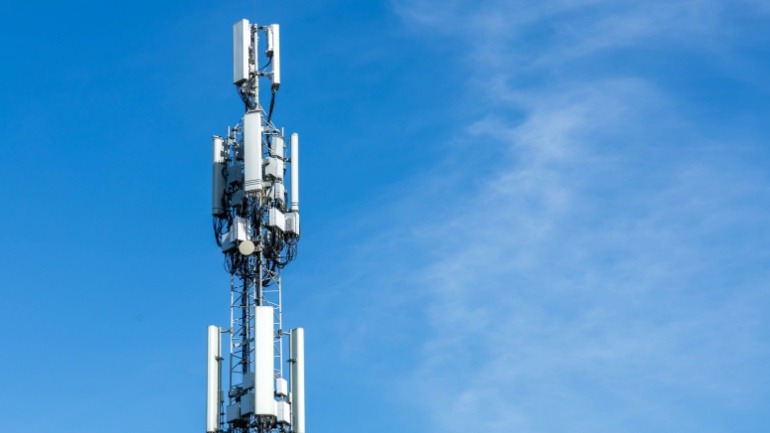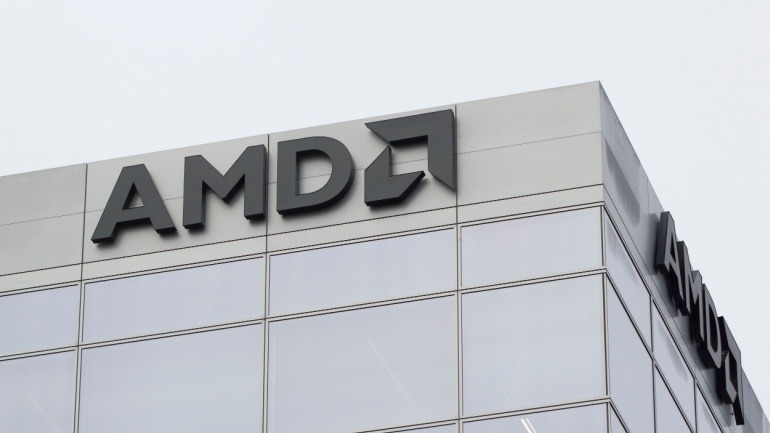Optus has teamed up with Ericsson to introduce advanced 5G antenna technology in Australia. This collaboration seeks to enhance network coverage while being mindful of environmental impact. The new system promises not only to improve service quality but also to significantly reduce energy consumption.
Recently, Optus conducted rigorous real-world tests on Ericsson’s solutions. These trials reportedly demonstrated that the new antennas matched existing specifications’ performance levels while consuming less power. Such efficiency could translate to fewer dropouts and faster connectivity, especially in challenging areas like urban centers and enclosed spaces.
This partnership underscores a critical industry need: maintaining high-speed connections without excessive energy use. As data consumption skyrockets, network-related electricity usage has become a pressing concern. Ludvig Landgren, Head of Ericsson Australia and New Zealand, emphasized, “By leveraging our latest innovations, we are helping Optus continue to deliver an outstanding customer experience while advancing its sustainability goals.”
Kent Wu, VP of Network Strategy & Architecture at Optus, confirmed the technology’s impact when he stated, “The performance improvements demonstrated during field trials confirm that Ericsson’s antennas will provide Optus with greater network efficiency, improved spectral utilisation, and long-term energy savings.”
Industry experts believe upgrades like these are necessary in today’s fast-paced digital environment. Consumers demand seamless streaming, gaming, and video calling experiences, necessitating robust infrastructure. However, it’s equally vital that telecoms providers manage their environmental footprint.
While Optus hasn’t shared details of the first deployment sites or timescales, this initiative signals Australia’s commitment to high-speed connectivity. Importantly, it does so with an eye on sustainability—a key consideration given the country’s vast landscape and diverse topography.







